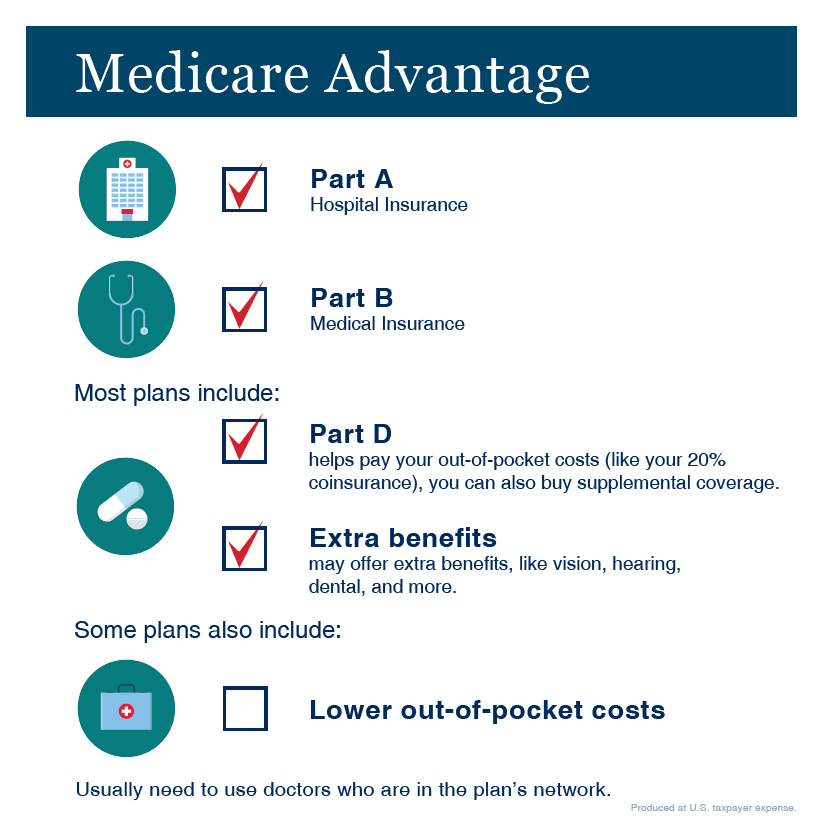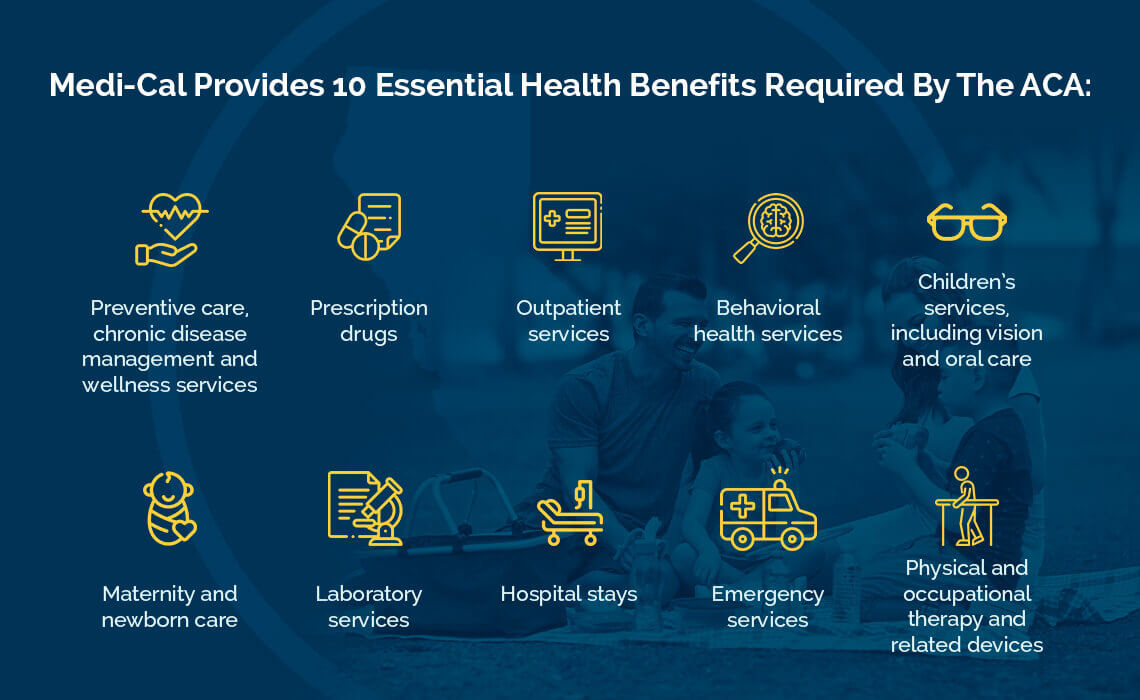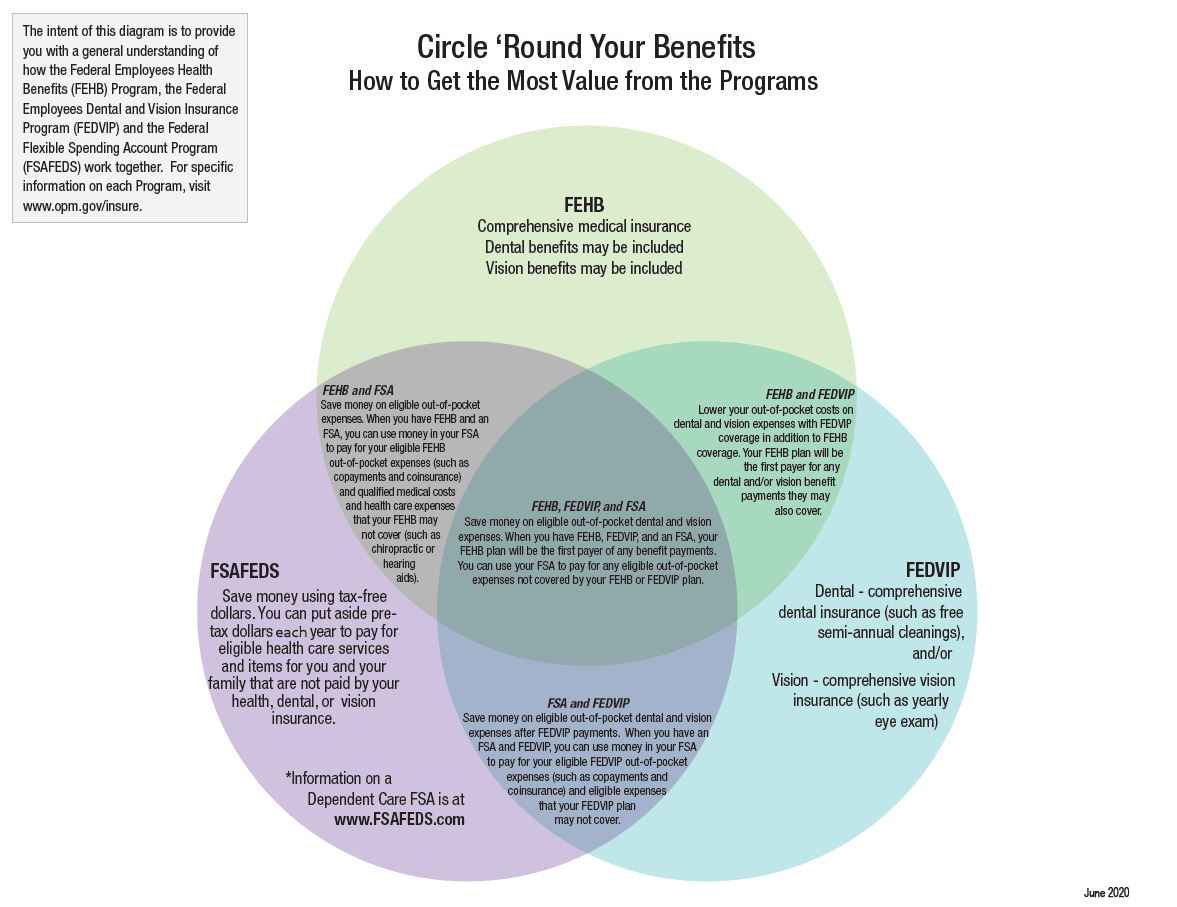A Biased View of Medicare Advantage Agent
A Biased View of Medicare Advantage Agent
Blog Article
10 Simple Techniques For Medicare Advantage Agent
Table of ContentsThe Best Strategy To Use For Medicare Advantage AgentNot known Details About Medicare Advantage Agent 4 Simple Techniques For Medicare Advantage Agent

complies with from confusing the reasonably young age account of the uninsured with the much better health, typically, of younger individuals. This obscures the web link between wellness condition and wellness insurance coverage. For those without accessibility to work environment medical insurance, poor health and wellness is a potential obstacle to acquiring nongroup protection due to the fact that such coverage may be very priced, omit pre-existing conditions, or be just unavailable. The number of without insurance Americans is not particularly big and has actually not transformed recently. Seven out of 10 participants in a country wide depictive study thought that less Americans did not have medical insurance than in fact do(Fronstin, 1998). Approximately fifty percent(47 percent )believed that the number of people without wellness insurance reduced or stayed consistent over the last fifty percent of the last years(Blendon et al., 1999). This drop of practically 2 million in the variety of individuals 'without insurance policy (a decrease
of around 4 percent)is certainly a positive change. With a softer economic climate in 2000 the most up to date reported gains in insurance policy protection might not continue(Fronstin, 2001 ). The decline in the number of uninsured will not continue if the economic climate stays sluggish and health and wellness treatment prices remain to outmatch rising cost of living. This is due to the fact that the information were collected for a period of solid financial efficiency. Of the approximated 42 million individuals that were uninsured, all however regarding 420,000(regarding 1 percent)were under 65 years of age, the age at which most Americans end up being eligible for Medicare; 32 million were grownups between ages 18 and 65, about 19 percent of all grownups in this age group; and 10 million were kids under 18 years of age, concerning 13.9 percent of all youngsters (Mills, 2000). These estimates of the number of individuals uninsured are produced from the yearly March Supplement to the Present Population Survey (CPS), conducted by the Demographics Bureau. Unless or else kept in mind, national estimates of people without medical insurance and percentages of the population with different kinds of protection are based upon the CPS, one of the most widely used resource of estimates of insurance coverage and uninsurance prices. These studies and the estimates they generate are defined briefly in Table B. 1 in Appendix B - Medicare Advantage Agent. These studies vary in size and tasting methods, the questions that are asked about insurance policy
Medicare Advantage Agent - Questions
protection, and the moment period over which insurance policy protection or uninsurance is determined(Lewis et al., 1998, Fronstin, 2000a ). Still, the CPS is specifically helpful due to the fact that it produces yearly estimates fairly promptly, reporting the previous year's insurance coverage approximates each September, and due to the fact that it is the basis for a constant collection of price quotes for greater than twenty years, enabling analysis of patterns in insurance coverage with time.

The 7-Second Trick For Medicare Advantage Agent
Over a three-year duration beginning early in 1993, 72 million individuals, 29 percent of the U.S. populace, were without insurance coverage for at least one month. Within a solitary year(1994), 53 million individuals experienced at least a month without protection(Bennefield, 1998a). Six out of every ten uninsured adults are themselves employed. Working does enhance the likelihood that one and one's family participants will have insurance coverage, it is not a warranty. Even participants of families with 2 permanent wage earners have virtually a one-in-ten chance of important source being uninsured (9.1 percent without insurance rate)(Hoffman and Pohl, 2000 ). The connection in between medical insurance and accessibility to care is well established, as documented later on in this phase. The partnership between wellness insurance and health and wellness end results is neither straight neither simple, a comprehensive scientific and health and wellness services research literature links health insurance coverage
to improved access to care, better quality, and improved personal and population health status. The second report, on individual health and wellness results for uninsured grownups, is stood for by the innermost circle of the figure, while the 3rd record, on family members well-being, incorporates the subjects of the second record however highlights a different device of evaluation, namely, the family. The 6th report in the series will certainly provide information concerning approaches and efforts carried out locally, statewide, or across the country to attend to the lack of insurance policy and its negative impacts. Degrees of analysis for examining the results of uninsurance. This discussion of wellness insurance protection concentrates primarily on the united state population under age 65 because basically all Americans 65 and older have Medicare or other public insurance coverage.
It concentrates especially on those without any type of health and wellness insurance for any length of time. The problems dealt with by the underinsured are in some aspects similar to those dealt with by the uninsured, although they are normally much less this hyperlink serious. Uninsurance and underinsurance, nonetheless, include noticeably various plan problems, and the methods for addressing them may differ. Throughout this study and the 5 records to comply with, the primary focus is on persons without medical insurance and hence no help in paying for health and wellness care past what is readily available with charity and safeguard institutions. Health insurance is an effective aspect impacting receipt of treatment since both clients and physicians reply to the out-of-pocket cost of services. Wellness insurance coverage, nevertheless, is neither necessary neither adequate to gain access to clinical solutions. The independent and direct result of health and wellness
insurance insurance policy protection access to health wellness is well establishedDeveloped Others will get the health and wellness treatment they need also without medical insurance, by spending for it out of pocket or seeking it from providers that offer treatment free or at very subsidized rates. For still others, wellness insurance coverage alone does not make certain receipt of treatment as a result of other nonfinancial obstacles, such as a lack of healthcare companies in their area, restricted accessibility to transport, illiteracy, or linguistic and cultural distinctions. Official research regarding without insurance populations in the United States dates to the late 1920s and very early 1930s when the Board on the Cost of Healthcare produced a series of records concerning financing medical professional office brows through and hospitalizations. This problem ended up being salient as the varieties of clinically indigent climbed throughout the Great Depression. Empirical studies consistently support the link in between accessibility to care and enhanced health outcomes(Bindman et al., 1995; Starfield, 1995 ). Having a regular resource of care can be thought about a forecaster of accessibility, as opposed to a straight measure of it, when health and wellness outcomes are themselves more used as access indicators. This extension of the concept of accessibility dimension was made by the IOM Committee on Monitoring Gain Access To to Personal Wellness Care Services(Millman, 1993, p. Whether parents are guaranteed shows up to affect whether their youngsters receive treatment in addition to just how much careeven if the kids themselves have coverage(Hanson, 1998). The health of moms and dads can influence their capacity to take care of their children and the level of family stress and anxiety. Stressing over their youngsters's access to care is itself a resource of stress for moms and dads. 3 phases adhere to in this report. Chapter 2 offers an overview of just how employment-based medical insurance, public programs and specific insurance policy policies run and communicate to give comprehensive but insufficient coverage of the U.S. population. This consists of a review of historical fads and public plans affecting both public and private insurance, a conversation of the interactions among the different kinds of insurance coverage, and an assessment of why individuals relocate from one program to another or finish up

Report this page